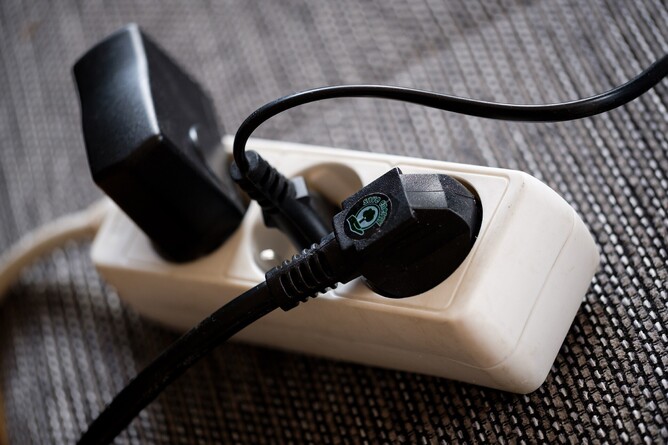BADR
Having worked hard to build a successful, thriving business, it always seems a little harsh that when you finally come to sell and enjoy the real fruits of your labour, the taxman comes knocking.
For many years now various governments have tried to acknowledge the risk and sacrifices made by business owners by essentially halving their tax bill when it comes to selling their business. The business in question can be a limited company, sole trader or partnership.
The government scheme known as Business Asset Disposal Relief (BADR), has been around for many years and although it has undergone several revisions (particularly concerning the total available allowance), it remains an extremely attractive tax ‘break’ for business owners and those who have invested in small businesses.
It is still generally known by its previous name, ‘Entrepreneurs Relief’, and is a tax allowance that enables business owners to significantly reduce the Capital Gains Tax (CGT) that they would ordinarily pay upon the sale of their business (or certain assets that have been used in that business).
It is designed to reward entrepreneurs (and those who invest in their businesses) for the risk they take by reducing the amount of CGT that they are liable for, by around 50%.
There is a lifetime allowance of (currently) £1,000,000 per person.
The relief is subject to various qualifying requirements but, as a broad ‘rule of thumb’, most business owners will qualify for Business Asset Disposal Relief when it comes to selling all, or part, of their business.
Qualifying criteria
To qualify for the relief, if you are a sole trader or a business partner, you must have owned the business for at least two years before the date that you sell.
With reference to limited companies, the following criteria apply:
- You must be an employee or director of the company;
- The company’s main activity must be ‘trading’, i.e. shares in an investment company would not qualify;
- You must have owned a minimum of 5% of the company for at least two years before the date that you sell (i.e., hold at least 5% of the shares and voting rights and be entitled to at least 5% of the net disposal proceeds upon sale or winding up).
Assets that are lent to the business for use as part of its trade (such as buildings, vehicles, etc.) can also be eligible for BADR upon sale - but it’s always worth checking with us first.
Partial disposal
One question ATN Partnership often faces is whether or not Business Asset Disposal Relief can be claimed when a qualifying shareholder is looking to dispose of only part of their shareholding, usually through a share buyback by the company and usually because there are insufficient available funds to achieve a full buyback.
The short answer is, yes. However, several conditions turn that short answer into a much longer one!
It is possible for a shareholder who meets all of the qualifying criteria for BADR to claim the relief if they are not selling all of their shares.
Broadly speaking, that shareholder must satisfy some conditions and obtain clearance from HMRC for the structure that they are proposing.
The most draconian of the various criteria is what is commonly known as the ‘trade benefit’ test which, broadly, means that the exiting shareholder must be retiring to make way for new management and that their control is dropping below 5%.
This doesn’t necessarily mean that all or even most of their shares must be bought back, but it does mean that the exiting shareholder will usually have to relinquish all entitlement to salary, dividends and voting rights.
Any outstanding directors' loan account will typically also have to be repaid before the transaction and, crucially, the company is usually unable to contractually commit to a buy-back schedule.
So the exiting shareholder is left in a position where they have no say, no income and no control over ‘their’ company, whilst the company makes no promise to buy all of their shares from them.
If this is something that you are considering, it’s vital that you speak with us first to map out the deal structure and potential issues and challenges to ensure all parties (including HMRC) are ‘comfortable’ with the proposition.
What if I have multiple businesses?
Business Asset Disposal Relief is an allowance that is available to individuals, not businesses. Therefore, if you sell several qualifying businesses over time, you can claim BADR against each sale, subject to a total lifetime limit of (currently) £1,000,000.
How and when must I claim?
There are two ways that you can apply for BADR:
- Through your personal self-assessment tax return
- By completing the relevant part of the Business Asset Disposal Relief helpsheet
In terms of the deadline to make a claim, you must do so no later than 31 January, one year from the end of the tax year in which you made the disposal. For example, for a disposal in the 2021/22 tax year, the claim must be submitted by 31 January 2024.
Talk to us
If you would like clear, concise, and easy to understand help and advice on any issues that you are concerned about, then you can contact us on 01474 326224. Alternatively, visit our website, tweet @atnpartnership, or email us info@atnpartnership.co.uk.





